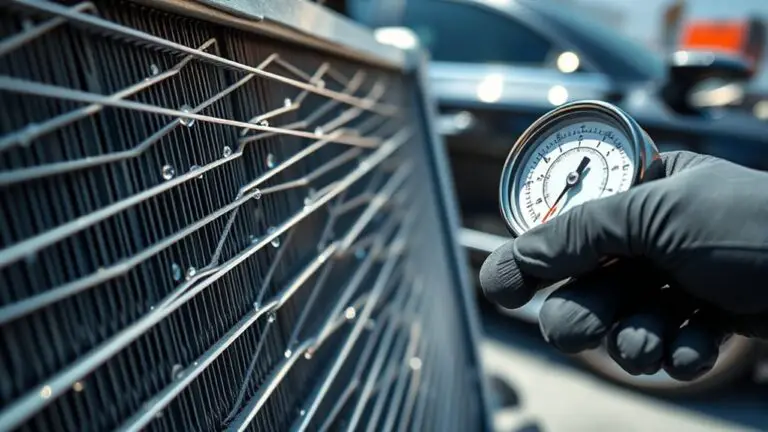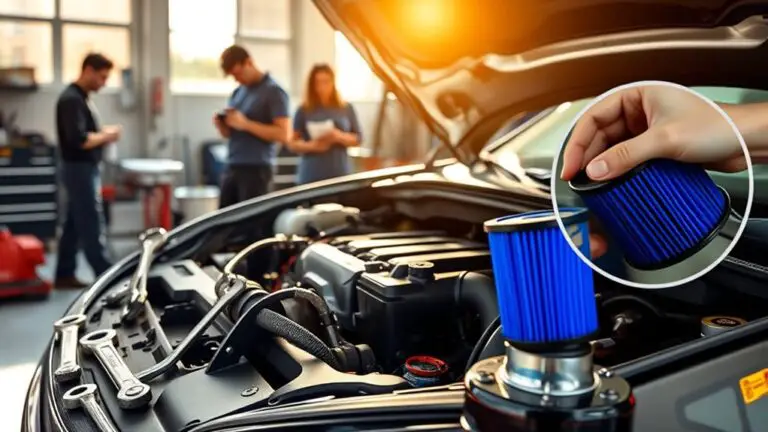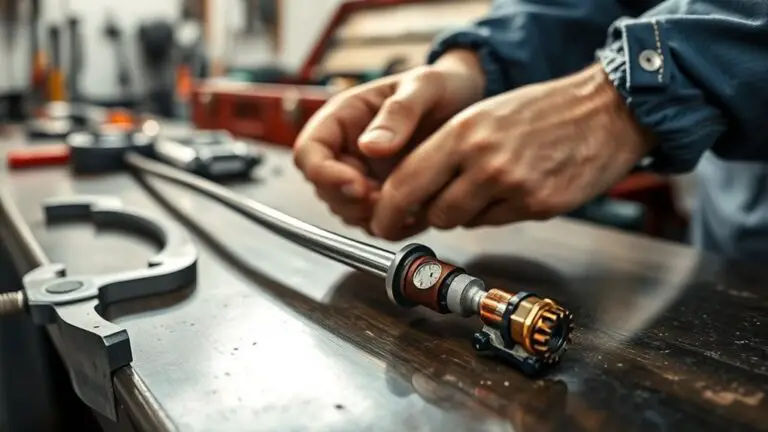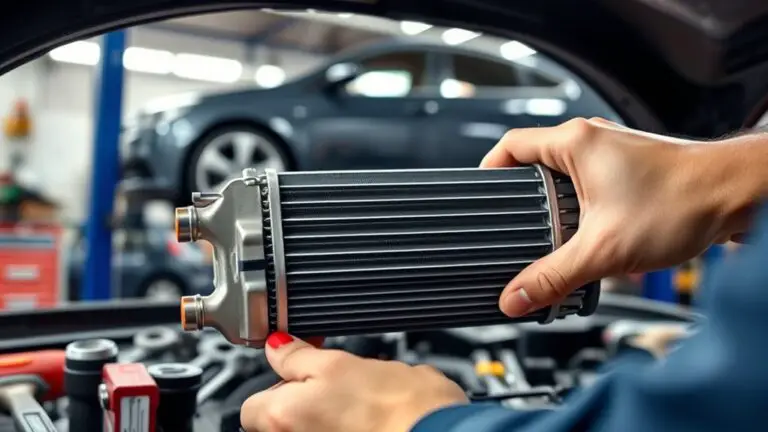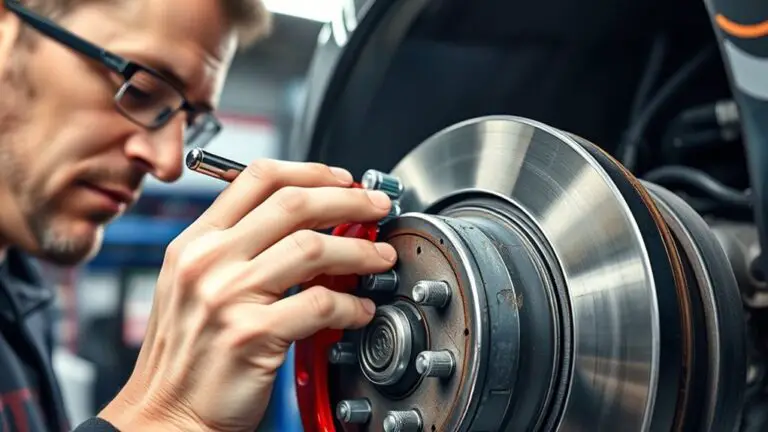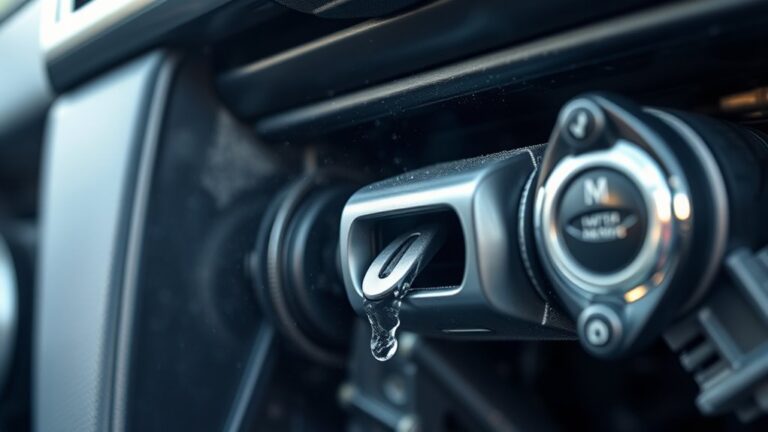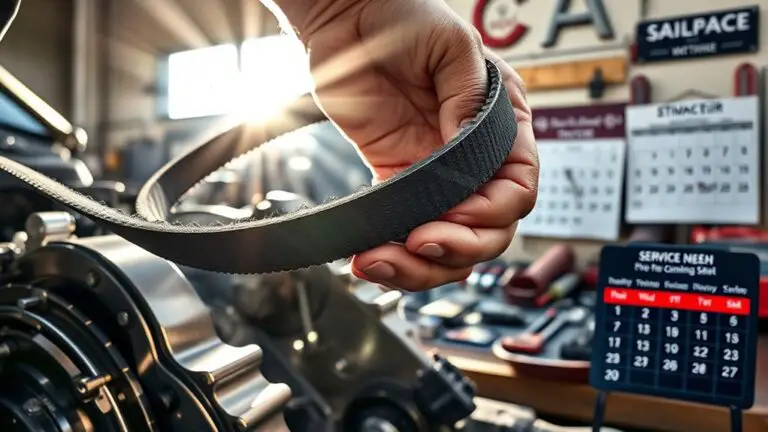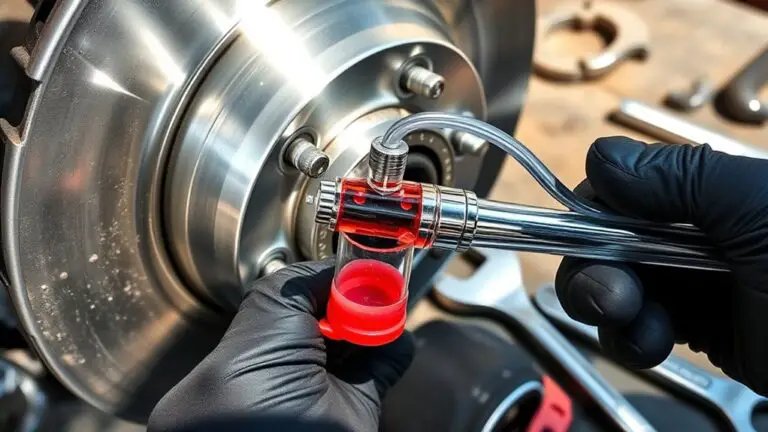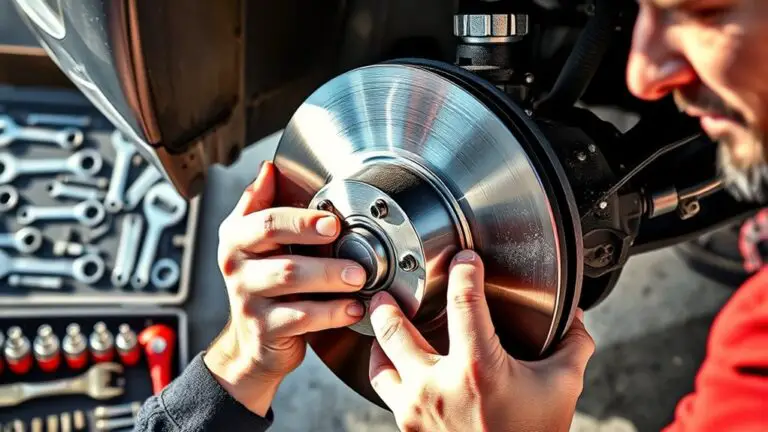When to Flush the AC System and Why
You should flush your AC system when you notice contaminated refrigerant or sludge, reduced cooling efficiency, unusual compressor noises, or icing on refrigerant lines. Flushing removes sludge and debris that clog passages, protects seals, and preserves overall longevity. It’s most needed with dirty evaporator coils or clogged condensate lines, and when you’ve had recent repairs…

